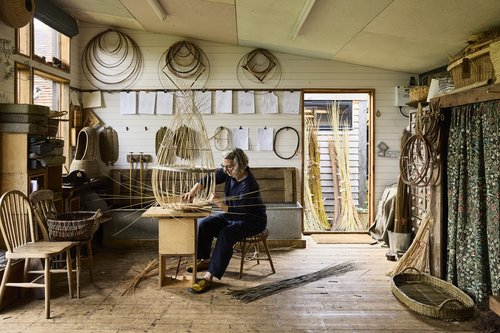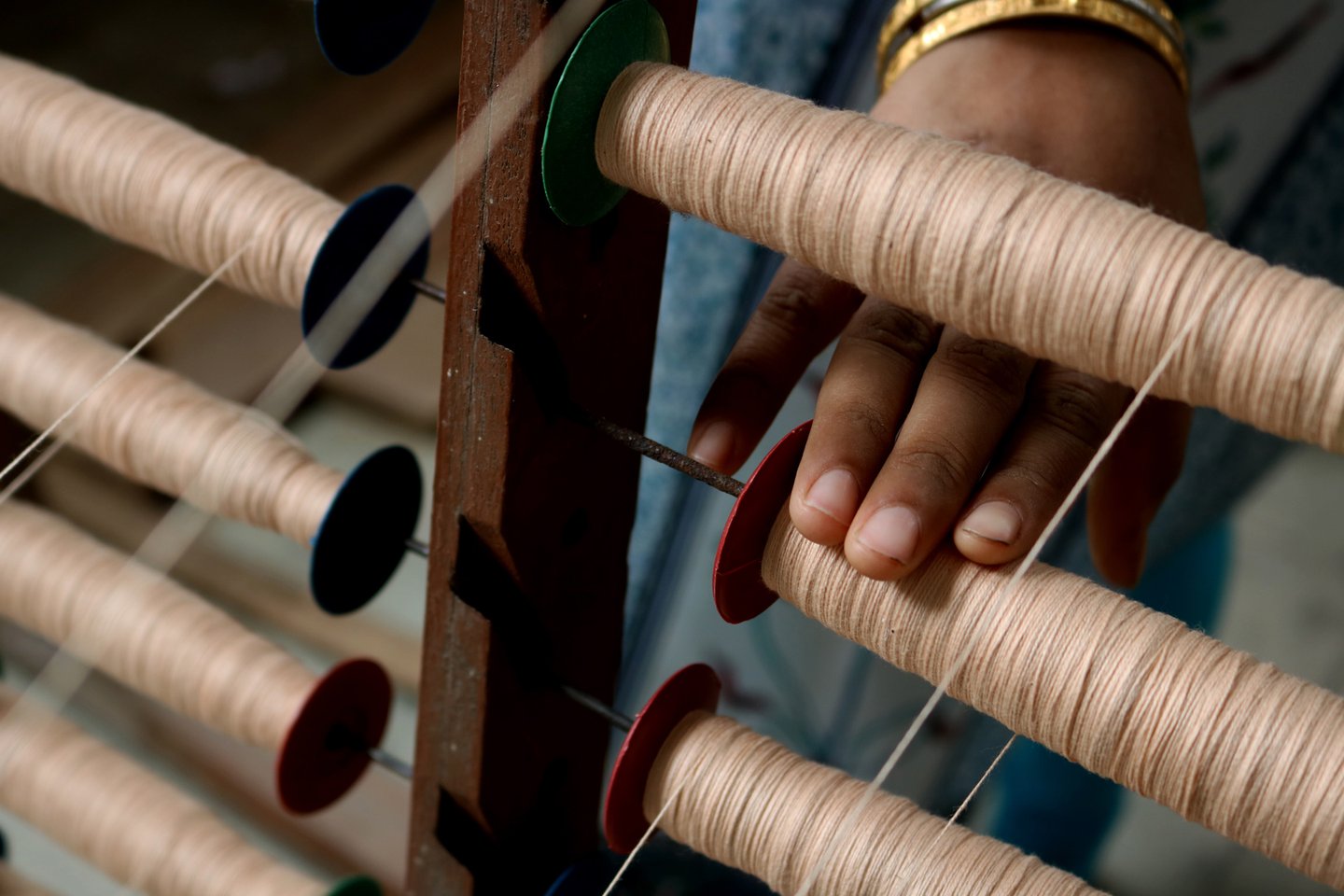Labor Exploitation: The Human Cost of Cheap Goods
The low prices of mass-produced home products are made possible by a reliance on inexpensive labor, frequently sourced from economically disadvantaged regions. In countries like Bangladesh, Vietnam and China, where labor costs are low, factory workers often endure long hours, unsafe conditions and minimal pay. This exploitative model prioritizes profit over the welfare of workers, with many factories failing to provide adequate ventilation, ergonomic equipment or even basic safety measures.
Bangladesh and India are central to the textile and garment industry, where low-cost production is achieved at a high human cost. In Bangladesh, for example, the garment sector employs millions, but workers often face poor working conditions, long hours and low wages. The Rana Plaza factory collapse in 2013 exposed the dangers of poorly regulated factory environments, where structural failures, overcrowding, and a lack of basic safety standards can lead to catastrophic outcomes. These regions illustrate the high stakes of low-cost production – where environmental depletion and human exploitation go hand-in-hand to meet the global demand for cheap products.









